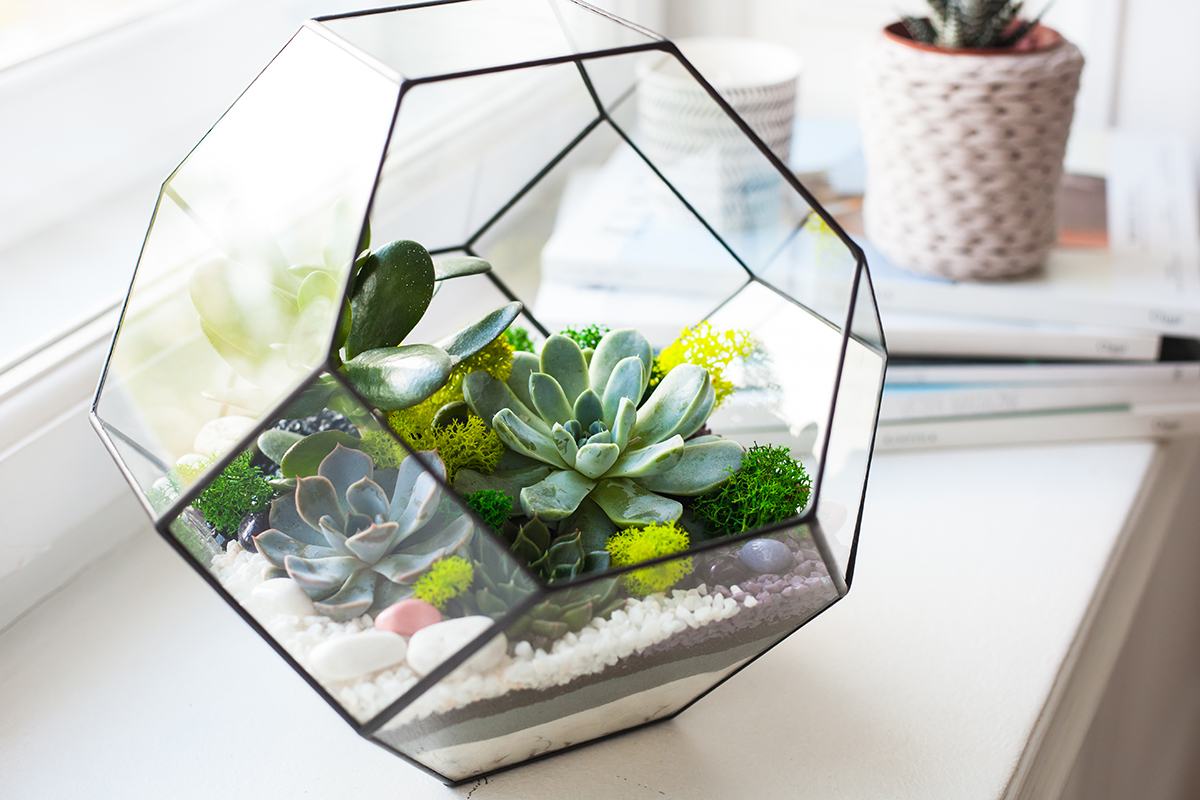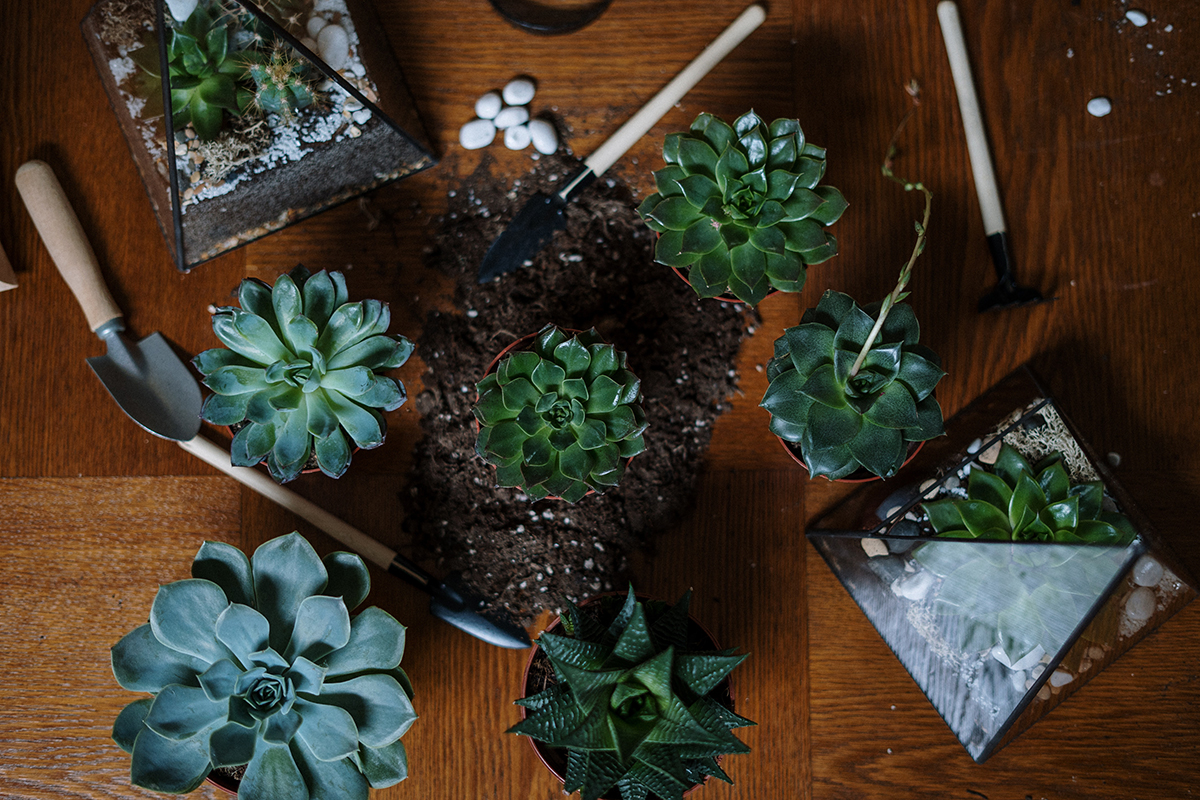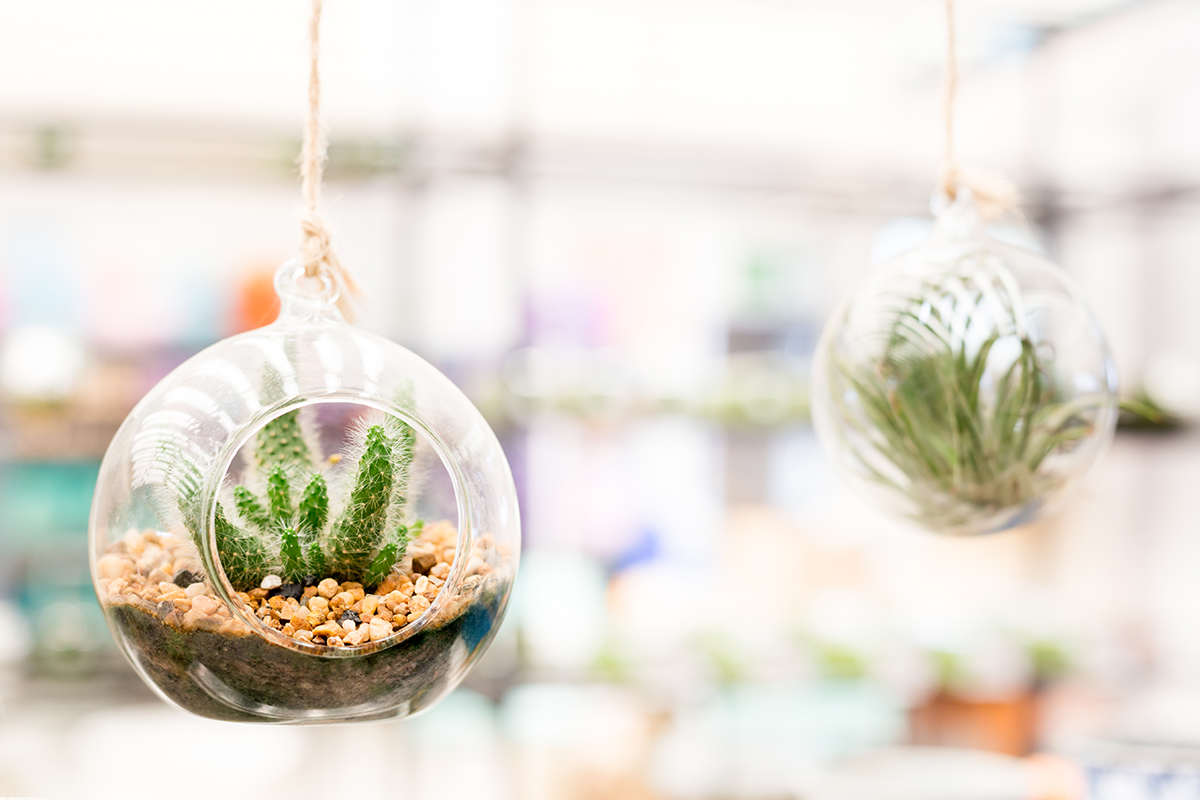If you are considering adding a reptile to your family, it’s important to create a suitable habitat for them to thrive in. A reptile terrarium is a specialized enclosure designed to provide your reptile with the appropriate living conditions, including temperature, humidity, and lighting. In this guide, we will walk you through the steps to create the perfect reptile terrarium, from choosing the right enclosure and heating elements to selecting the appropriate substrate and decor. By following these steps, you can create a comfortable and secure home for your reptile to live in. So, let’s get started!
Choose the right enclosure
Choose the right enclosure: The first step in creating the perfect reptile terrarium is choosing the right enclosure. There are many options to choose from, including glass tanks, wooden vivariums, and plastic containers. When selecting your enclosure, consider the size and species of your reptile, as well as the space you have available in your home. It’s important to choose an enclosure that is large enough for your reptile to move around in and has adequate ventilation. You should also consider the overall aesthetic of the enclosure and whether it fits in with your home decor. Remember, a larger enclosure is generally better, as it allows your reptile more space to move around and explore.
Select the appropriate heating and lighting
Select the appropriate heating and lighting: Reptiles have specific temperature and lighting requirements, and it’s important to provide the right conditions in their terrarium to keep them healthy and comfortable. The best way to heat a reptile terrarium is with a heating pad or ceramic heat emitter, which should be placed on one side of the enclosure to create a temperature gradient. You can also use a basking light to provide your reptile with additional heat and UVB lighting. It’s important to monitor the temperature of your terrarium using a thermometer to ensure that it stays within the appropriate range for your reptile species. You should also provide your reptile with a hiding spot or cooler area where they can escape from the heat if needed.
Choose the right substrate
Choose the right substrate: The substrate, or flooring, of your reptile terrarium is an important aspect of your reptile’s habitat. It should be absorbent and easy to clean, as well as safe for your reptile to dig and burrow in. Some popular options for reptile substrates include coconut coir, cypress mulch, and aspen shavings. You should avoid using sand, as it can be harmful if ingested by your reptile. When selecting your substrate, consider the size and species of your reptile, as well as the overall aesthetic of your terrarium. You can also consider using a substrate with added benefits, such as one that helps with moisture retention or odor control.
Add decorations and hiding spots
Add decorations and hiding spots: Decorations and hiding spots are important elements of a reptile terrarium, as they provide your reptile with mental and physical stimulation and a sense of security. You can add decorations such as artificial plants, climbing branches, and rocks to create a naturalistic environment for your reptile. You should also provide your reptile with at least one hiding spot, such as a small cave or hide box, where they can retreat to if they feel threatened or stressed. When selecting decorations and hiding spots, consider the size and species of your reptile and make sure they are safe and non-toxic. You can also consider using live plants to add a natural touch to your terrarium, but be sure to research which plants are safe for your specific reptile species.
Maintain and clean your terrarium
Maintain and clean your terrarium: Proper maintenance and cleaning are important for the health and well-being of your reptile. It’s important to clean your terrarium regularly to remove waste and prevent the buildup of harmful bacteria. To clean your terrarium, first remove your reptile and any decorations or hiding spots. Then, use a reptile-safe disinfectant to thoroughly clean the enclosure, paying extra attention to corners and crevices. Once the enclosure is clean, you can add fresh substrate and replace any decorations or hiding spots. It’s also a good idea to regularly check the temperature and humidity of your terrarium and make any necessary adjustments. Be sure to follow the specific care instructions for your reptile species to ensure that they are living in the best possible conditions.
Consider the specific needs of your reptile species
Consider the specific needs of your reptile species: When creating a reptile terrarium, it’s important to consider the specific needs of your reptile species. Different reptiles have different temperature and lighting requirements, as well as specific substrate and decoration preferences. For example, a desert-dwelling reptile such as a bearded dragon will need a drier, hotter environment, while a tropical reptile such as a chameleon will need a more humid environment. It’s important to research the specific care requirements for your reptile species and create an environment that meets their needs. This will ensure that they are healthy and comfortable in their new home.
Troubleshooting common issues
Troubleshooting common issues: While reptile terrariums are generally easy to care for, there are a few common issues that you may encounter. One common issue is temperature fluctuations, which can cause your reptile to become stressed or sick. To prevent temperature fluctuations, make sure to use a thermometer to monitor the temperature of your terrarium and make any necessary adjustments. Another common issue is humidity imbalances, which can cause respiratory problems in your reptile. To prevent humidity imbalances, make sure to monitor the humidity of your terrarium using a hygrometer and make any necessary adjustments. Other issues that may arise include pest infestations and fungal infections. To prevent these issues, make sure to keep your terrarium clean and use natural pest control methods if needed. If you encounter any issues with your reptile terrarium, be sure to seek advice from a veterinarian or reptile care expert.




